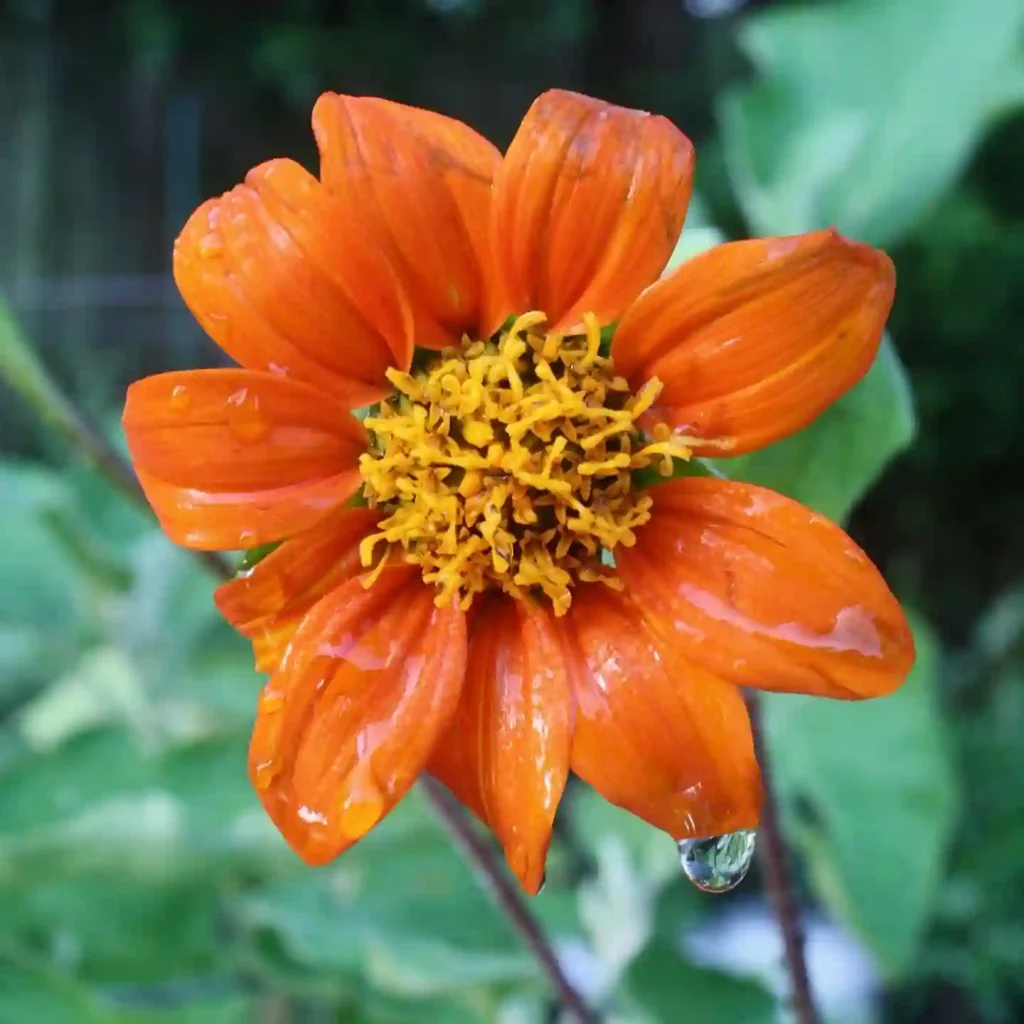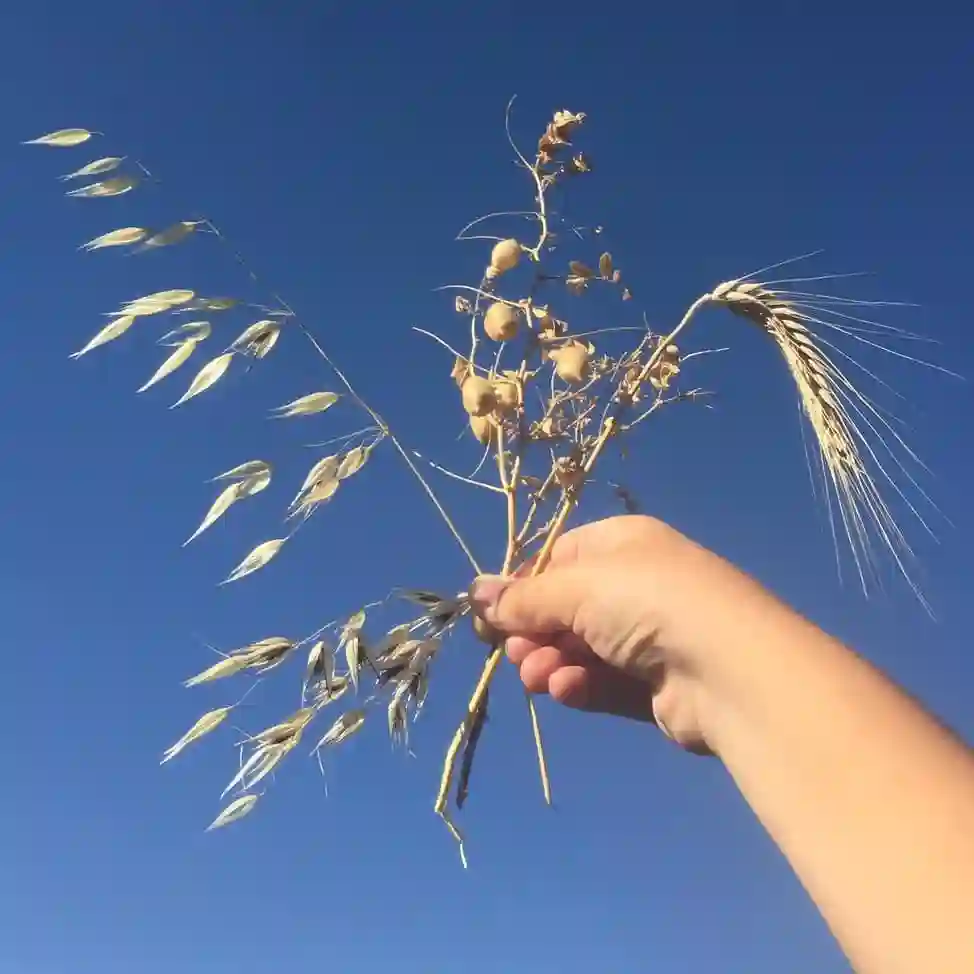
What is Bougainvillea glabra?
Bougainvillea glabra, also known as the lesser bougainvillea or paperflower, is a species of flowering vine within the genus Bougainvillea. Here’s a breakdown of its key characteristics:
17 Species in Genus Bougainvillea
- Habit: Bougainvillea glabra is an evergreen, climbing shrub. It has thick, thorny stems and drooping branches that can grow several meters long if given proper support.
- Flowers: Unlike other bougainvillea varieties known for their large, colorful bracts, Bougainvillea glabra has smaller, inconspicuous, and tube-shaped flowers that are usually creamy white or light yellow.
- Bracts: The showy part of Bougainvillea glabra lies in its bracts, which are modified leaves that surround the actual flowers. These bracts come in shades of red, most commonly, and can also be pink or purple. While they provide the visual appeal, the bracts are not the flowers themselves.
- Distinguishing Feature: One way to distinguish Bougainvillea glabra from its close relative, Bougainvillea spectabilis (the greater bougainvillea), is the flower tube. Bougainvillea glabra has a pentagonal (five-angled) floral tube, while Bougainvillea spectabilis has a rounder floral tube.
- Uses: Bougainvillea glabra is a popular choice for bonsai due to its manageable size and ability to be trained. It can also be grown as a container plant or allowed to climb trellises or fences.
- Conservation Status: Bougainvillea glabra is listed as Least Concern by the IUCN (International Union for the Conservation of Nature), meaning it’s not currently threatened with extinction.
Bougainvillea Glabra vs Spectabilis
I’ve found that Bougainvillea glabra’s slightly smaller, more delicate bracts seem to cascade beautifully in my garden, while the vibrant, larger bracts of Bougainvillea spectabilis create a stunning, bold display that I absolutely love.
How to care for Bougainvillea glabra?
Sunlight:
- Bright Indirect Sunlight: Bougainvillea glabra prefers bright, indirect sunlight for optimal growth and bract production. Too much direct sun, especially harsh afternoon sun, can scorch the leaves and bracts.
- East-facing windows are a perfect spot indoors, providing ample light without intense heat. If planted outdoors, choose a location with some afternoon shade, especially in hotter climates.
Watering:
- Water Moderately: Aim for consistent moisture but avoid soggy soil. Allow the top inch of soil to dry slightly between waterings. Overwatering can lead to root rot.
- Adjustments Based on Season and Conditions: During the active growing season (spring and summer), you might need to water more frequently, especially if your plant is container-grown or experiences hot, dry weather. Reduce watering frequency in fall and winter as the plant goes through a less active growth period.
Soil:
- Excellent Drainage is Key: Use a well-draining potting mix or soil that allows excess water to drain freely. A good quality cactus or succulent mix can work well. You can also create your own mix by combining potting soil with perlite or sand for improved drainage.
Fertilizing:
- Light Feeder: Bougainvillea glabra doesn’t require frequent feeding. During the growing season (spring and summer), a diluted dose of balanced fertilizer once a month is sufficient. Avoid over-fertilizing, as it can promote excessive foliage growth and reduce flowering (bract production).
Pruning:
- Encourages Branching and Flowering: Regular pruning can help maintain a desired shape and size for your Bougainvillea glabra. It also encourages bushier growth and promotes more flowering. Prune after the blooming period is over, typically in late summer or fall. You can remove leggy stems, shorten overgrown branches, and cut back flowering stems by about a third to stimulate new growth and bract production.
Training (Optional):
- Bonsai or Climbing Habit: Bougainvillea glabra is well-suited for bonsai training due to its manageable size and ability to respond well to pruning and wiring techniques. You can also train it to climb trellises, fences, or other structures by gently guiding its stems and securing them with twine or plant ties.
Additional Tips:
- Repotting: Repot container-grown Bougainvillea glabra every 1-2 years or when the plant outgrows its current pot. Choose a pot with drainage holes that’s slightly larger than the root ball.
- Temperature: Bougainvillea glabra prefers warm temperatures. Avoid exposing it to cold drafts or freezing temperatures. If planted outdoors in colder climates, bring it indoors or provide winter protection during freezing periods.
- Pests and Diseases: Generally pest and disease resistant. However, watch for common issues like aphids, mealybugs, or fungal diseases. You can address these issues with insecticidal soap, neem oil, or fungicide if necessary.
Is Bougainvillea glabra deer resistant?
From what I’ve observed, Bougainvillea glabra is quite deer-resistant. In my garden, where deer are a common nuisance, this plant has remained untouched. Its thorny stems might be a deterrent, which is a relief because it means I can enjoy its vibrant colors without worrying about it being eaten. I’ve had other plants that weren’t as lucky, so this quality of Bougainvillea glabra is a big plus for me.
Will Bougainvillea glabra grow in Maine?
I’ve always wanted to grow Bougainvillea glabra in Maine, but it’s a bit challenging because of the climate. This plant thrives in warm, tropical to subtropical environments, so the cold winters in Maine aren’t ideal. It could survive as an annual or be grown in a pot that can be brought indoors during the winter. However, it requires a lot of light and warmth, so replicating its preferred conditions indoors can be tricky. I’ve considered giving it a try, but I know it would take some extra care and attention to keep it healthy and blooming in such a different climate.
If i die, water my plants!



